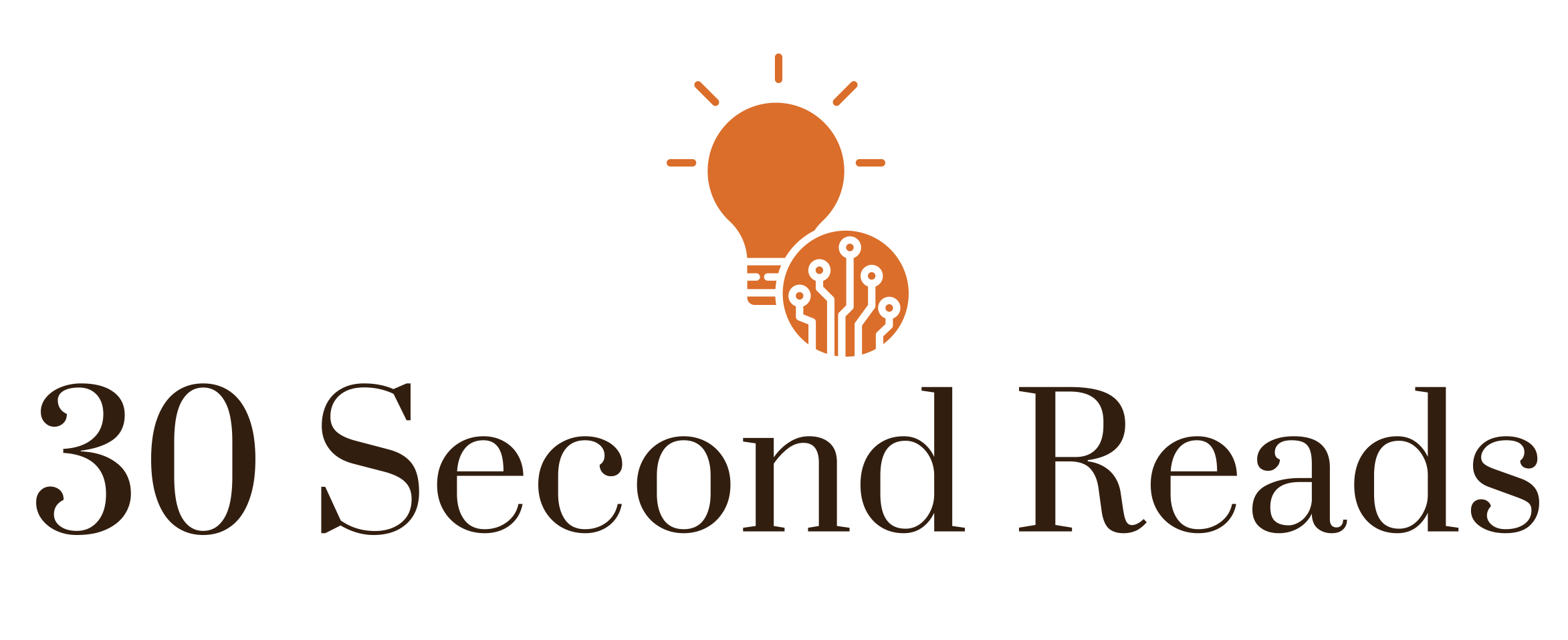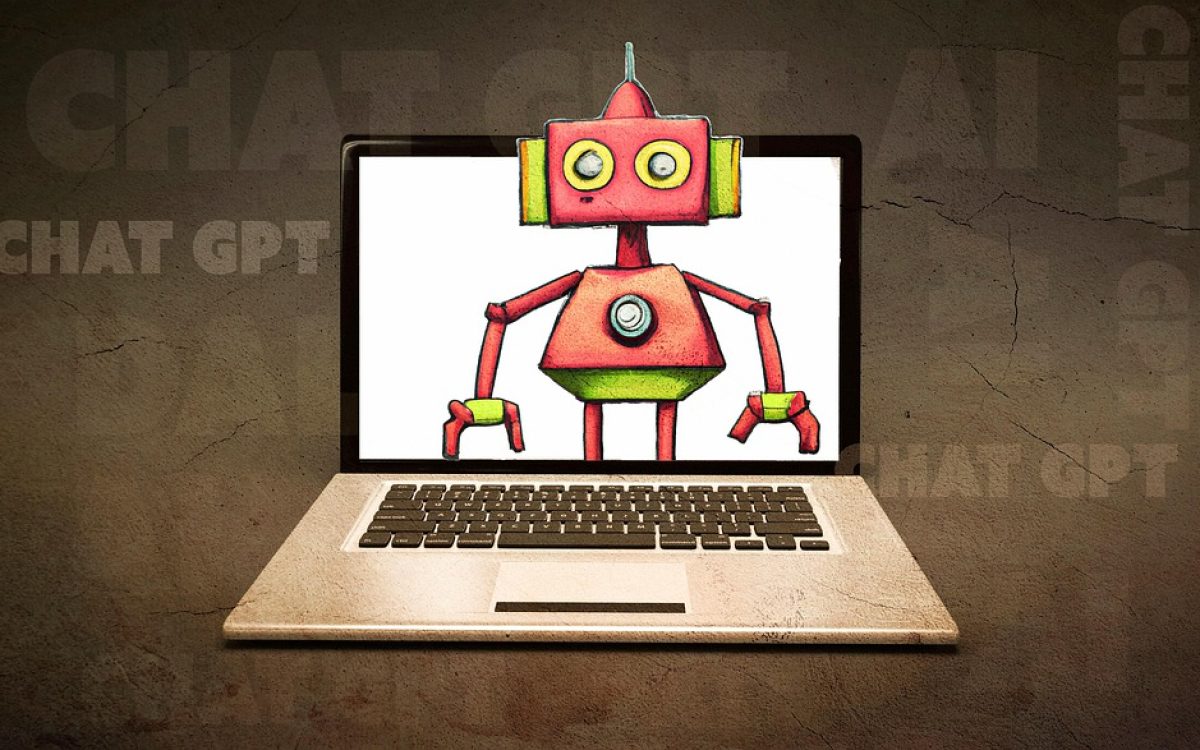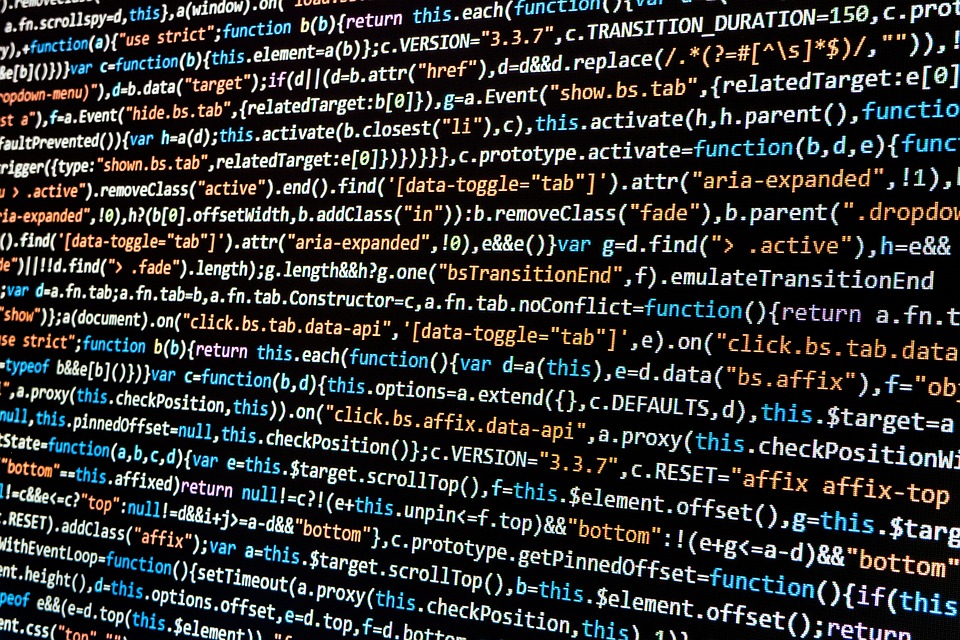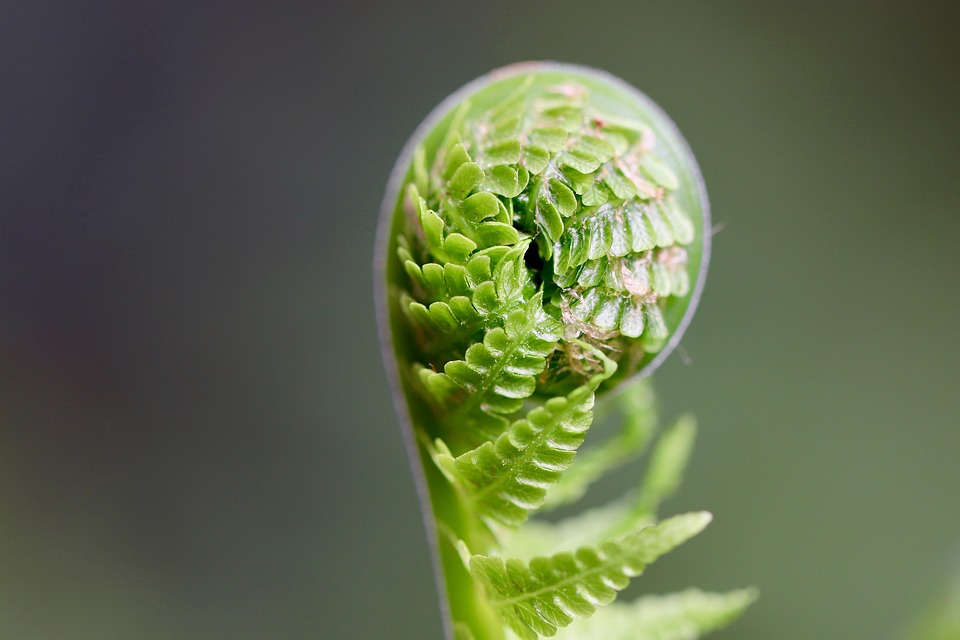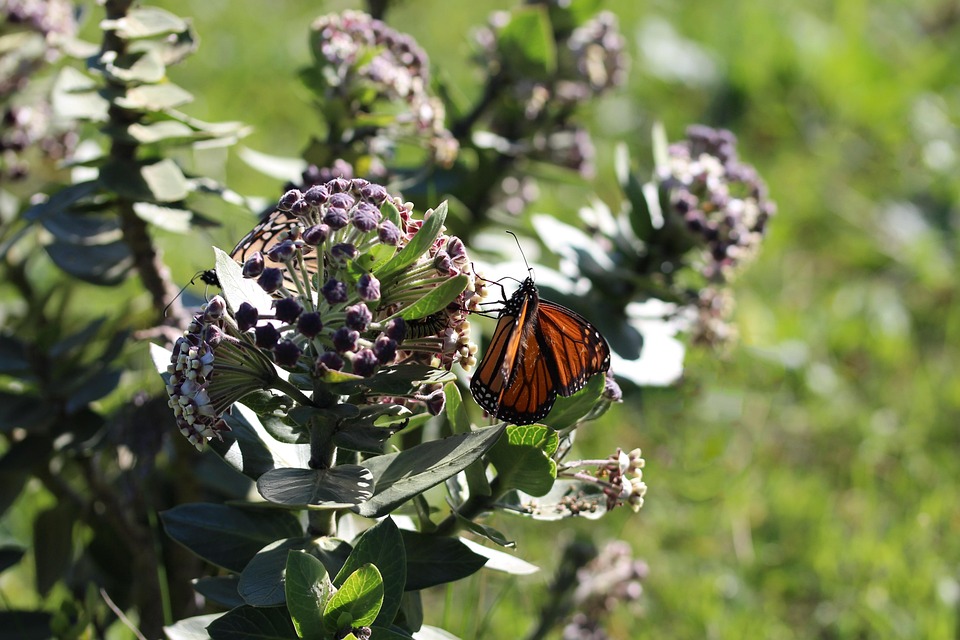The Rise of AI-Generated Images
In recent years, artificial intelligence has made great strides in the field of image generation. One of the most notable advancements in this area is DALL·E, a neural network created by OpenAI that can generate images from textual descriptions.
What is DALL·E?
DALL·E is a variation of the GPT-3 language model that is trained to generate images from textual descriptions. It uses a technique known as “guided diffusion” to create highly realistic and detailed images based on the input it receives.
How Does DALL·E Work?
When given a textual prompt, DALL·E generates a series of images that best match the description provided. It can create images of objects, scenes, and even abstract concepts, making it a versatile tool for artists, designers, and researchers.
Benefits of AI-Generated Images
- Time-saving: DALL·E can quickly generate images based on textual descriptions, saving artists and designers valuable time.
- Inspiration: AI-generated images can inspire new ideas and creativity in the design process.
- Accessibility: DALL·E makes it easier for non-artists to create visual content for their projects.
Real-World Examples
Several companies and organizations have already begun to harness the power of AI-generated images. For example, Adobe recently integrated DALL·E into its Creative Cloud suite, allowing users to create custom images for their projects.
Case Study: Design Studio XYZ
Design Studio XYZ used DALL·E to quickly generate concept sketches for a new product design. By providing textual descriptions of the desired features, the studio was able to generate multiple images to choose from, saving time and resources in the design process.
Conclusion
AI-generated images, powered by technologies like DALL·E, have the potential to revolutionize the way we create visual content. By leveraging the power of artificial intelligence, we can unlock new possibilities and streamline the design process for a wide range of industries.
